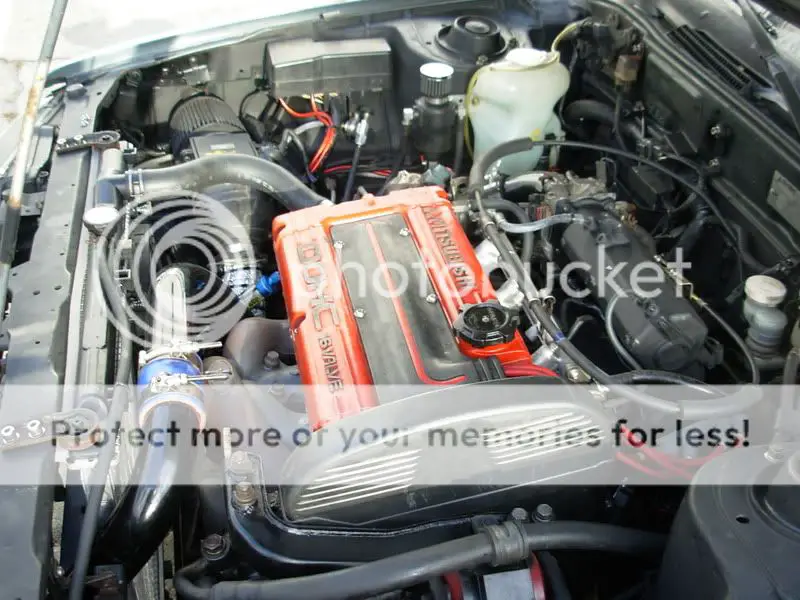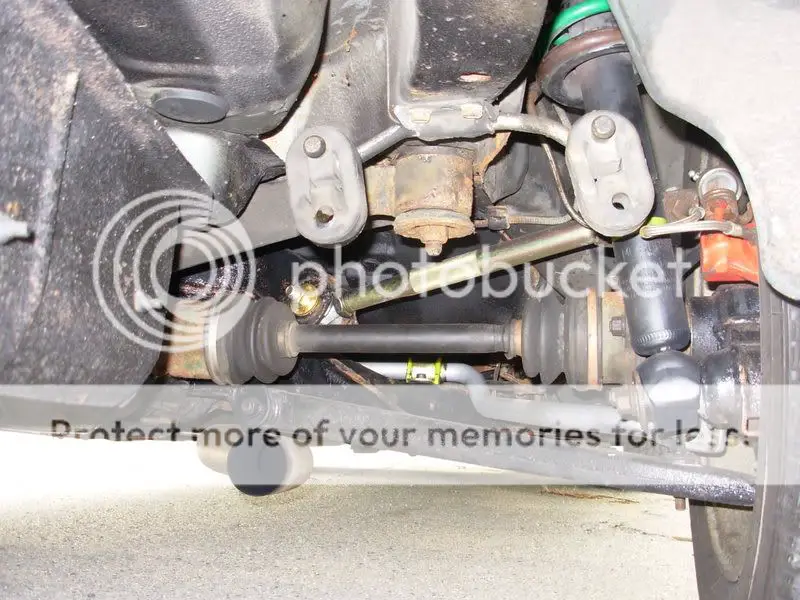turbowop
Well-known member
Quoting crankwalk:
^Saying they are mandatory (which they aren't) and then never using them for their purpose is definitely something I see DSM people doing more than other folks.
While not absolutely mandatory, how are people that have them not using them to their potential? The whole point of having one is to keep fuel pressure set to a level that allows for a linear boost/fuel pressure increase. If people want to set their base fuel pressure to stock levels while using a high flow fuel pump, they're using the thing for a reason. Those that choose to tune around a non-linear fuel curve are free to do so, but using proper tools/tuning techniques to acquire the best possible power/driveability/economy is certainly not a fad. There is no argument that max power can't be made with the stock FPR, but it forces you to compromise on economy and driveability.
^Saying they are mandatory (which they aren't) and then never using them for their purpose is definitely something I see DSM people doing more than other folks.
While not absolutely mandatory, how are people that have them not using them to their potential? The whole point of having one is to keep fuel pressure set to a level that allows for a linear boost/fuel pressure increase. If people want to set their base fuel pressure to stock levels while using a high flow fuel pump, they're using the thing for a reason. Those that choose to tune around a non-linear fuel curve are free to do so, but using proper tools/tuning techniques to acquire the best possible power/driveability/economy is certainly not a fad. There is no argument that max power can't be made with the stock FPR, but it forces you to compromise on economy and driveability.














